In the ever-evolving world of pet care, understanding the nuances of cat litter maintenance is crucial for the modern, informed cat owner. The frequency of changing cat litter isn't just a matter of cleanliness; it's about creating a healthy and welcoming environment for your feline companion. Whether you're an experienced cat owner or new to the realm of feline companionship, understanding the optimal time to change the litter is crucial.
Elements such as the type of litter employed, the quantity of cats in your household, and their restroom behaviors play a pivotal role. From the high-absorbency and odor-control prowess of silica gel litter to the environmental appeal of biodegradable cat litter options like wood or corn, each type dictates a different timeline for change. Clumping clay litter, for instance, might need less frequent changes due to its easy-to-scoop clumps, while non-clumping varieties may require more regular replacement to keep things fresh. Navigating these choices isn't just about following a schedule; it's about understanding your cat's needs and preferences, ensuring their little kingdom is always up to snuff.
In this post, we will share everything pet parents need to know about when to clean their litter box and change their cats' litter, and signs to look for when it's time to clean a cat's litter box, as a clean litter box will keep your cat healthy and happy.
How Often To Change and Replace Cat Litter
The regularity of changing and replenishing cat litter typically relies on the type of litter in use and the number of cats in your household. For clumping clay litter, it's recommended to scoop out waste daily, completely change it, and replace it with fresh litter every two to four weeks. If you're using non-clumping litter, you might need to change it more frequently, usually once a week, due to its different absorption and odor control properties.
When you have multiple cats, the cat litter box gets used more frequently, leading to a quicker accumulation of waste. In such instances, it becomes even more crucial to scoop out clumps and solid waste daily. You may also need to change the kitty litter more frequently than the standard recommendation, potentially every week or more often, depending on how many cats use the box and their habits.
Having multiple litter boxes can help manage cleanliness and odor control more effectively in households with more than one cat. The general recommendation is to follow the "n+1" rule, which suggests having one additional litter box compared to the number of cats. This approach aids in distributing usage and decreasing the need for frequent complete litter changes. Regularly monitoring and maintaining the litter boxes are key to maintaining a healthy and comfortable environment for your cats and home.
Aside from changing cat litter, conducting a deep litter box cleaning is essential to sustaining a hygienic environment for your cat. Consistently staying on top of litter box maintenance is crucial to keep the litter box clean. It's best to clean the litter box thoroughly every two to four weeks, although this can vary based on the number of cats, the type of litter used, and your cat's bathroom habits. If you have multiple cats or your cat tends to use the litter box extensively, you may find it necessary to perform deep cleaning more frequently. Additionally, if your cat is experiencing any health issues, especially those related to urination or defecation, more frequent cleaning can help prevent the spread of illness and monitor any changes in your cat's waste. Regular deep cleaning and daily scooping ensure a clean, odor-free, and comfortable litter box for your cat.
Factors To Consider When It Comes To Changing Cat Litter
Type of Litter
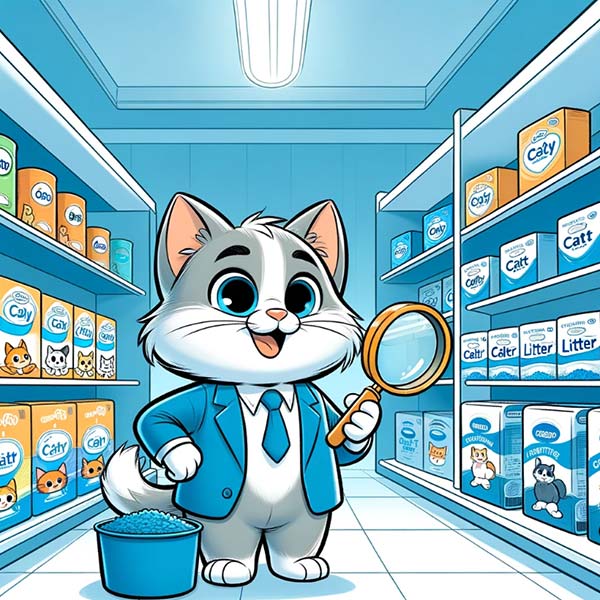
Different litters have varying absorbency and odor control abilities. The type of cat litter chosen directly impacts the frequency of litter changes. Clumping clay litters, favored for their easy waste removal, allow longer periods between complete litter box replacements due to their ability to isolate urine and feces into scoopable clumps. Non-clumping cat litter varieties, often more affordable, require more frequent changes as they absorb moisture without segregating waste. Silica gel litters, highly absorbent and effective in odor control, can extend the time between changes, albeit at a higher price point. Biodegradable litters, such as those made from wood, corn, or recycled paper, offer an eco-friendly choice but may necessitate more regular replacements due to varying absorbency levels.
Number of Cats

The frequency of litter changes is notably influenced by the number of cats using a single litter box. Multiple cats contribute to a faster accumulation of waste, leading to more rapid saturation of the litter. This increase in usage necessitates more frequent cleaning and litter replacement to maintain a hygienic environment and prevent odor buildup. Cat owners with multiple felines should consider either more frequent litter changes or additional litter boxes to accommodate the higher demand.
Cat's Bathroom Habits
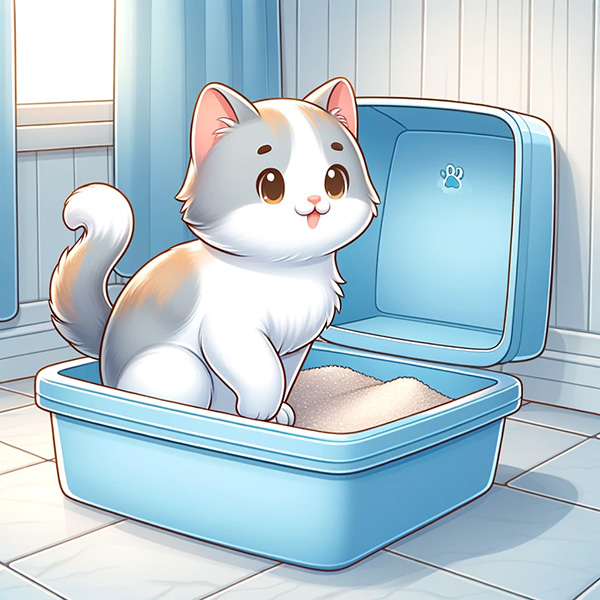
A cat's bathroom habits significantly influence the frequency of litter changes. Cats urinating more often or producing larger amounts of waste necessitate frequent litter maintenance to maintain cleanliness and odor control. Additionally, cats with preferences for certain areas of the litter box can lead to uneven distribution of waste, requiring more attentive management to ensure a consistently clean environment. Understanding these habits is essential for optimal litter box upkeep.
Cat's Health
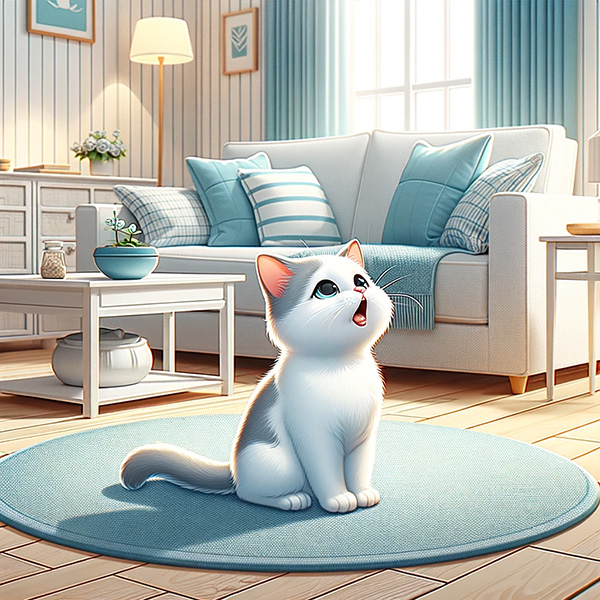
A cat's health status can significantly impact how often litter needs changing. Health conditions such as diabetes or kidney issues may increase urination frequency, leading to faster litter saturation and necessitating more frequent changes. Monitoring litter box usage can also indicate a cat's well-being, making regular maintenance crucial for hygiene and early detection of potential health concerns.
Number Of Litter Box
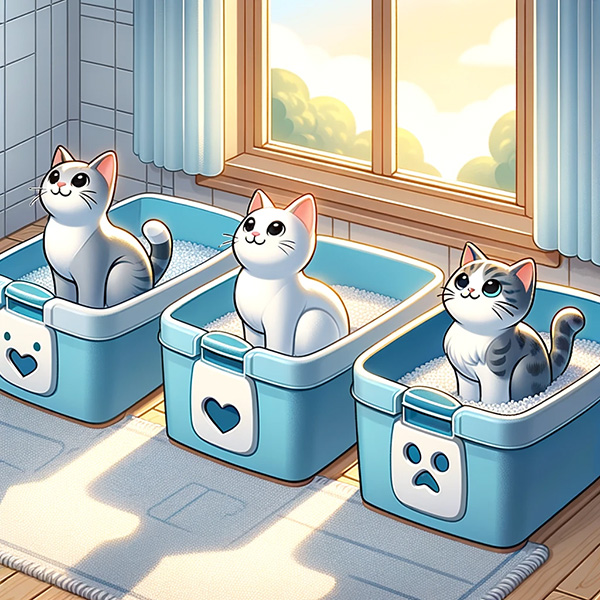
The number of cat litter boxes available to a cat or multiple cats directly impacts the frequency of litter changes. More cat litter boxes mean waste is distributed across different locations, potentially reducing the rate at which any single box becomes saturated or odorous. This can result in a reduction in the frequency of individual litter box changes. Conversely, fewer cat litter boxes, especially in multi-cat households, can result in quicker accumulation of waste, requiring more frequent cleaning and litter replacement to ensure a clean and odor-free environment.
Litter Box Size and Depth of Litter
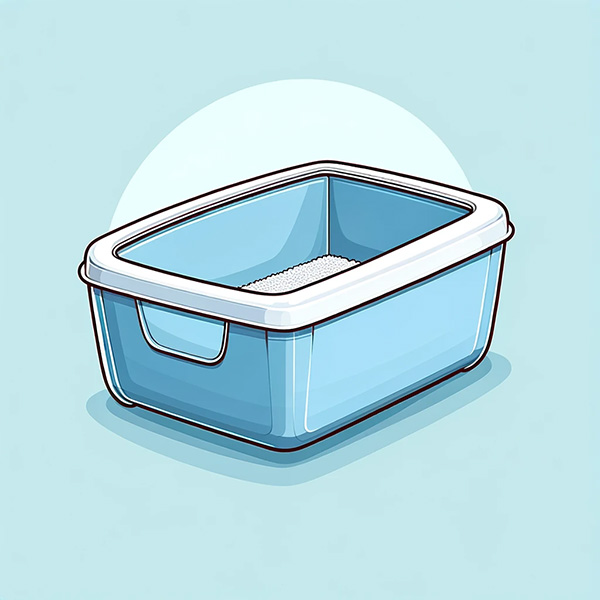
The size of the cat litter box and the depth of litter used are key factors in determining the frequency of litter changes. A larger box or a deeper layer of cat litter can absorb more waste, potentially extending the time between complete litter replacements. However, a shallow layer in a small box may quickly become saturated or odorous, necessitating more frequent changes. Ensuring the litter box is appropriately sized and adjusting the litter depth according to the cat's needs are essential to maintaining a clean and odor-free environment.
Ventilation and Location of the Litter Box

The ventilation and location of the litter box play a significant role in determining the frequency of litter changes. A well-ventilated area can help dissipate odors and moisture, potentially reducing the need for frequent litter replacements. Conversely, a litter box in a poorly ventilated or humid space may require more regular changes due to accelerated odor buildup and moisture retention. Strategic placement and ensuring adequate airflow are crucial for minimizing odors and maintaining a hygienic litter box environment.
Signs That Indicate It's Time to Change the Cat Litter
Odor
Persistent odors serve as a primary indicator. Even with regular scooping, some urine and feces particles remain, breaking down over time and releasing unpleasant smells. If a bad odor persists despite daily maintenance, it's a clear sign the entire litter needs replacing.
Unpleasant odors from the litter box can be distressing not just for you but also for your cat. A strong, persistent odor and dirty litter box can make your feline companion uncomfortable, potentially leading to behavioral issues like avoiding the litter box and relieving themselves elsewhere. Maintaining a clean, odor-free litter box is crucial for your cat's happiness and proper litter box habits.
Clumps
For clumping litter, watch how the clumps are holding up. Over time, the litter's clumping ability diminishes. If you notice clumps breaking apart easily or becoming overly hard, it indicates that the litter's effectiveness is waning, and it's time for a change.
Moisture
Soggy or overly moist litter, especially at the bottom of the cat box, suggests that the litter has reached its absorption capacity. This not only leads to odor issues but also creates an unhygienic environment for your cat.
Debris and Tracking
An increase in litter debris around the house or near the litter box can indicate that the litter is breaking down or sticking to your cat's paws. This breakdown reduces the litter's efficacy and cleanliness.
Litter Level
Over time, the level of litter in the box decreases due to the removal of waste clumps. If the litter level gets too low, it won't be as effective at absorbing new waste and controlling odors, signaling that it's time to refresh it.
Behavioral Changes
Cats are particular about their litter boxes. If they start avoiding the box, urinate or defecate outside of it, or seem uncomfortable while using it (such as peeing outside the litter box), this can be a sign that they're dissatisfied with the cleanliness or state of the litter and it's time to change the cat litter or deep clean the litter box.
Time
Regardless of the above signs, changing the entire litter every two to four weeks is generally recommended for clumping types and, more frequently, for non-clumping varieties. Incorporating this routine change contributes to maintaining a consistently clean and odor-free litter box environment.
